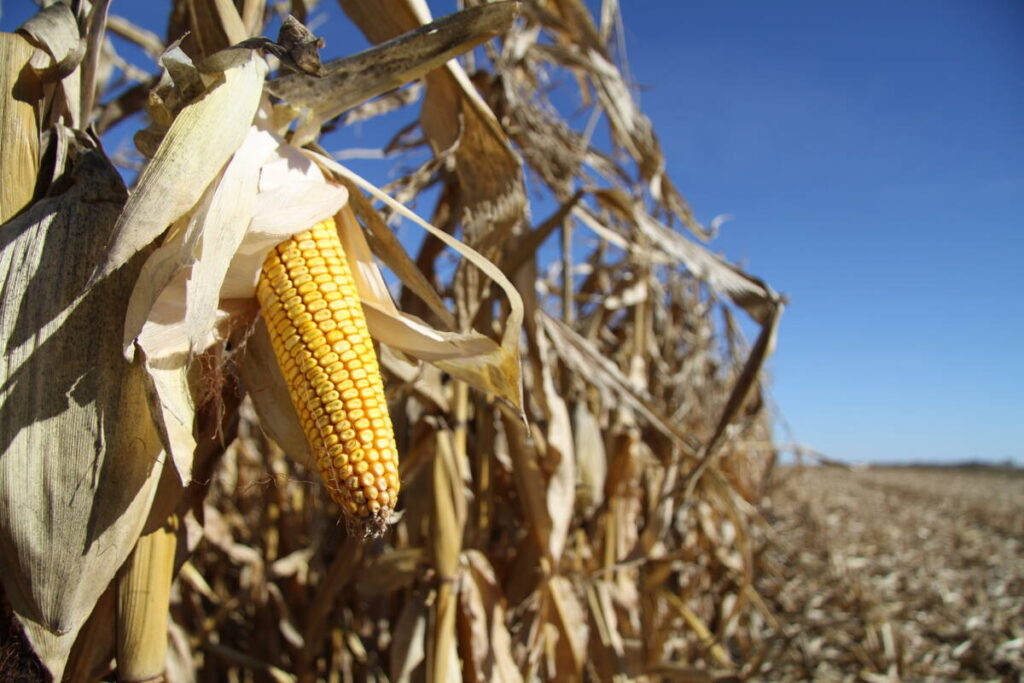Mexico now top buyer of U.S. ag commodities

SASKATOON — Canada is about to be dethroned as the top importer of agricultural products from the United States.
U.S. food and agriculture exports to Mexico reached US$31.4 billion in 2024, just slightly behind the $32.4 billion shipped to Canada, according to a research brief by CoBank.
“Exports to Mexico have surged 65 per cent over the past four years, making it the fastest growing export market for a host of American agricultural commodities and products,” stated the brief.
Mexico’s economy has been booming since the COVID-19 pandemic, allowing consumers to expand their traditional diet. There is a growing demand for meat, poultry, dairy, processed food and feedgrains.
Read Also


May contract talks alarm sugar beet growers
Sugar beet contract negotiations between ASBG and Rogers Sugar still ongoing
“Mexico will likely surpass Canada to claim the top spot for the first time in 2025 despite some emerging headwinds,” CoBank said in a news release about the brief.
MarketsFarm analyst Bruce Burnett isn’t too worried about Mexico’s rapidly rising consumption of U.S. agricultural products.
“It would be a concern if they were displacing Canadian exports to a great extent,” he said.
However, that is not the case. Mexico’s overall demand is expanding, and the types of products it buys from the U.S. are not the same as what it buys from Canada.
Mexico is purchasing a lot of U.S. corn and soybeans and their byproducts due to its thriving livestock sector.
Canada’s main feedgrain is barley, but Mexico has always preferred corn.
“They’re used to feeding corn to their animals; it is sort of invented in Mexico,” said Burnett.
In addition, Canada tends to export more malt and malting barley rather than feed barley.
Mexico’s proximity to the U.S. also plays a big role in where it conducts business.
Grain, feed, oilseeds and related products led the way for Mexico’s imports of U.S. agricultural commodities, accounting for $13.9 billion in sales in 2024.
“Strong recent growth is largely attributable to rising feed demand for the country’s expanding animal protein industry and severe drought, which is limiting domestic crop yields and grazing conditions,” said CoBank.
“Given the ongoing trade tensions between the U.S. and China, Mexico will almost certainly overtake China as the largest export market for U.S. grain, feed and oilseeds in 2025.”
U.S. dairy exports to Mexico have risen by 76 per cent since 2020, driven by the steadily increasing appetite for cheese.
Mexico’s meat and poultry consumption is also expanding faster than production, leading to increased imports from the U.S.
But the outlook is not all rosy. There are a few risk factors that could slow the pace of growth in U.S. sales to the Mexican market.
“Mexico’s economy has been slowing, and the unusually strong peso over the last couple of years has weakened by about 15 per cent since early 2024,” said CoBank.
“Mexican consumers’ purchasing power will be more challenged in 2025.”
Burnett said a resumption of the tariff war between the U.S. and its Canada-United States-Mexico Agreement partners could cause increased trade between Canada and Mexico.
It is unlikely that would generate increased sales of Canadian soybeans and corn to Mexico because it would likely turn to South America for those commodities.
However, it could result in rising sales of wheat and canola to that marke, if the tariffs cause the U.S. to lose its grip on the Mexican market.
“We could take advantage of it, especially on the wheat side,” he said.
That trade could happen by ocean vessel, but it could also take place on rail.
The merger of the Canadian Pacific and Kansas City Southern railways has made it easier for Canadian exporters to directly access the Mexican market by rail.
Source: producer.com


